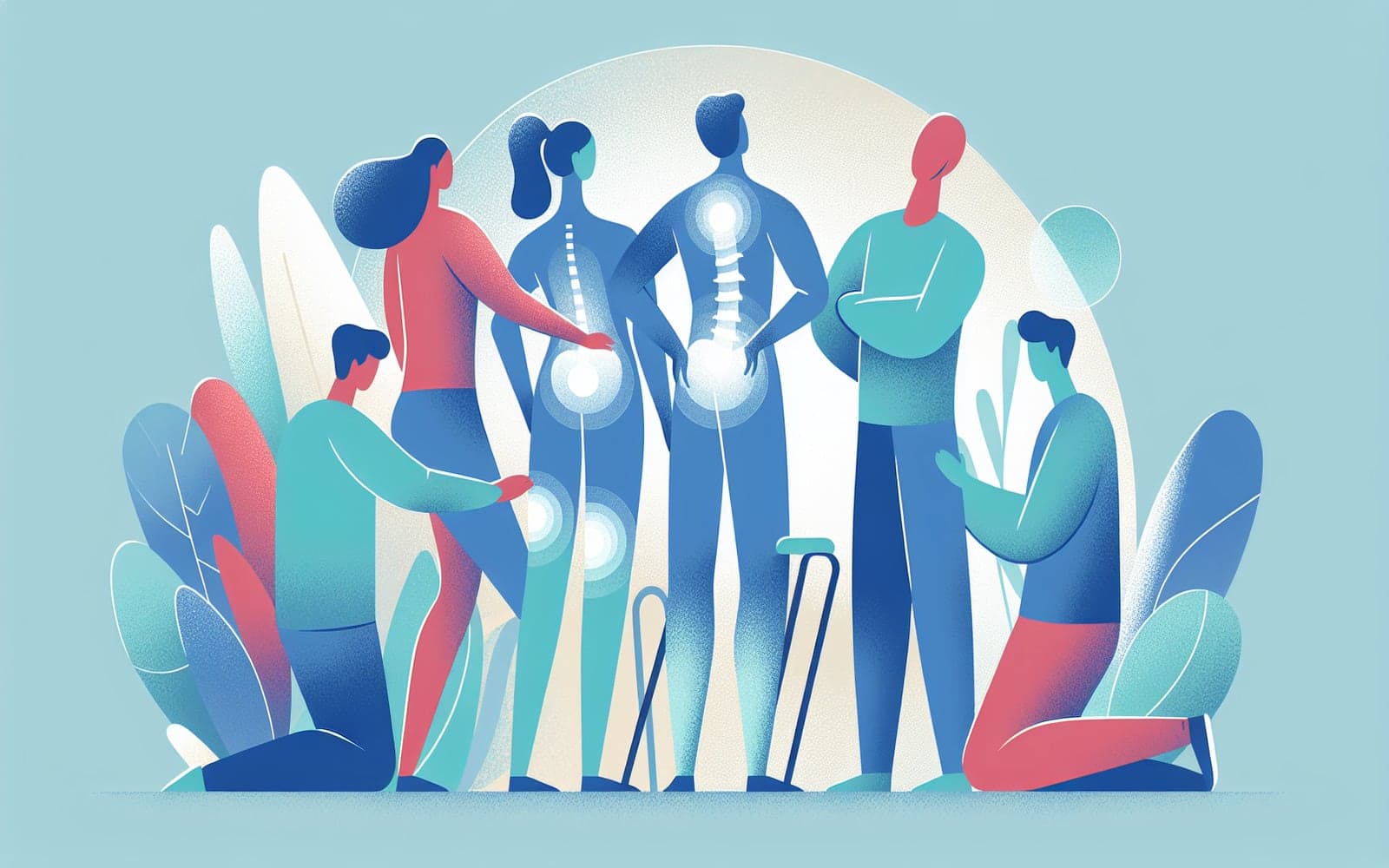How to Manage Back Pain in Young Athletes Without Surgery
Published: Aug 19, 2024
Managing back pain in young athletes doesn't always require surgery. Explore effective non-surgical treatments that can help your child return to sports.
Contents
Rest and Symptom Management
The first line of treatment for spondylolysis and spondylolisthesis often involves rest and managing symptoms. This may include avoiding activities that worsen pain and using over-the-counter pain relief. Ice and heat therapy can also be beneficial for reducing discomfort.
Physical Therapy Benefits
Physical therapy helps in strengthening the core and improving flexibility, which supports the spine. A tailored therapy plan can aid in recovery and prevent future injuries. Exercises focus on stabilizing the spine and enhancing the athlete’s body awareness.

Role of Bracing
In some cases, bracing may be used to support the spine and limit painful movements. Soft braces provide a tactile reminder to avoid certain positions. However, bracing is usually temporary and should be part of a comprehensive treatment plan.
Frequently Asked Questions
Rest and symptom management are key initial steps.
It strengthens the core and improves spine stability.
Not always; it's used in some cases for support.
Wrapping Up
Non-surgical treatments can effectively manage back pain and aid recovery.
References
- Klein G, Mehlman CT, McCarty M. Nonoperative treatment of spondylolysis and grade I spondylolisthesis in children and young adults: a meta-analysis of observational studies. J Pediatr Orthop 2009; 29:146.
- Garet M, Reiman MP, Mathers J, Sylvain J. Nonoperative treatment in lumbar spondylolysis and spondylolisthesis: a systematic review. Sports Health 2013; 5:225.
This article has been reviewed for accuracy by one of the licensed medical doctors working for Doctronic. Always discuss health information with your healthcare provider.
AI Doctor Visit Required
Appointments available 24/7
15-min consultation. No hidden costs.
AI Doctor Visit Required
For safety reasons we have been forced to end this consultation.
If you believe this is a medical emergency please call 911 or your local emergency services immediately.
If you are experiencing emotional distress, please call the the Suicide & Crisis Lifeline at 988 or your local crisis services immediately.
Contact us
You can also email us at help@doctronic.ai
We aim to reply within 5-7 days
How likely are you to recommend Doctronic to friends or family?


